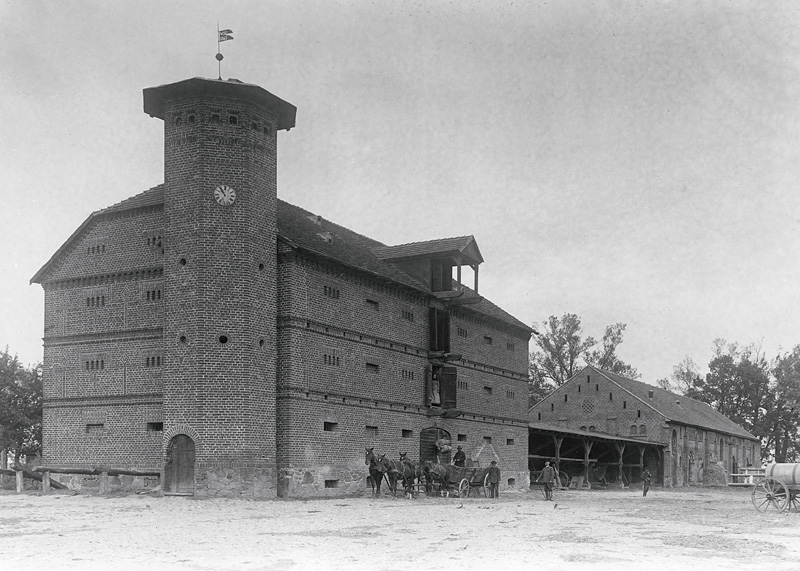Vast Estates
In 1921 Poland there were approx. 19,000 granges over 123 ac, encompassing approx. 28,000,000 ac of land (30 per cent of their total area). The average area of an estate was approx. 1500 ac.
Polish interwar agriculture was in debt for many reasons: the destruction of estates during World War I, the low profitability of agricultural production, and the Depression during 1929–1933. Some estates were poorly managed and their owners did not invest in their development. Moreover, the tax rates for vast estates were higher than for small farms. The many landed gentry who were in arrears with their taxes for the State Treasury were forced to parcel out their estates. The steps taken by the government, such as the debt restructuring act, and the upturn in the economy improved the situation of landed gentry just before the outbreak of World War II.
